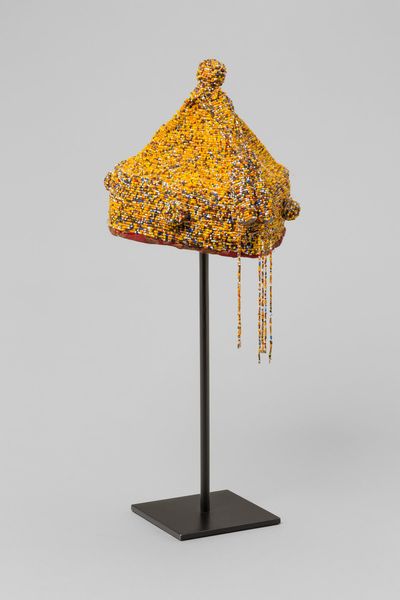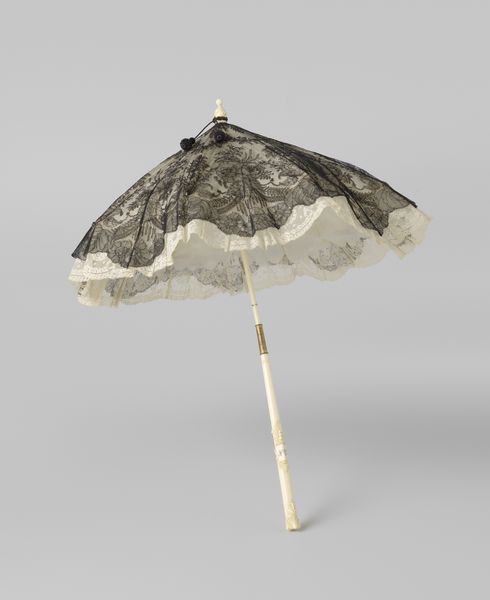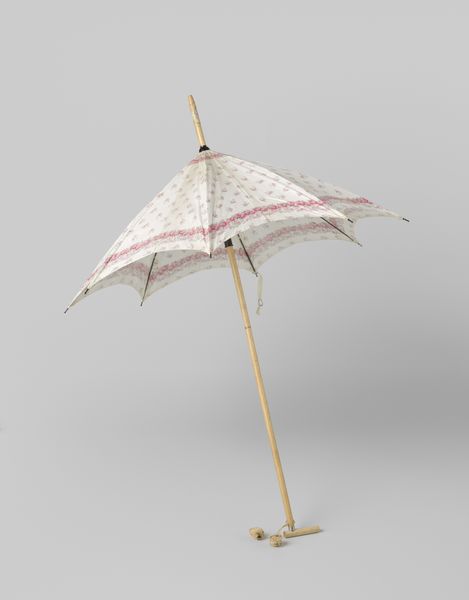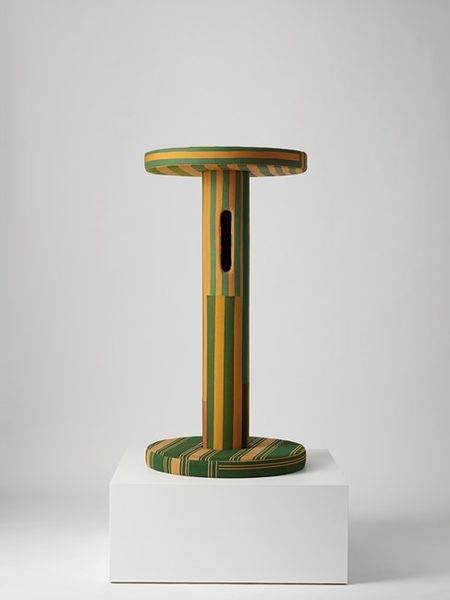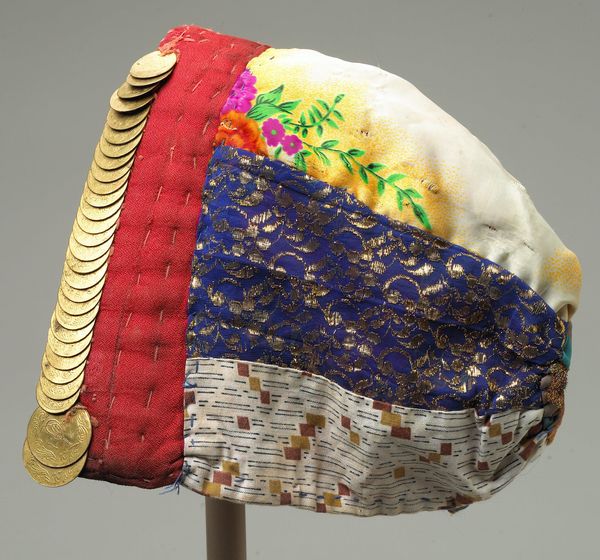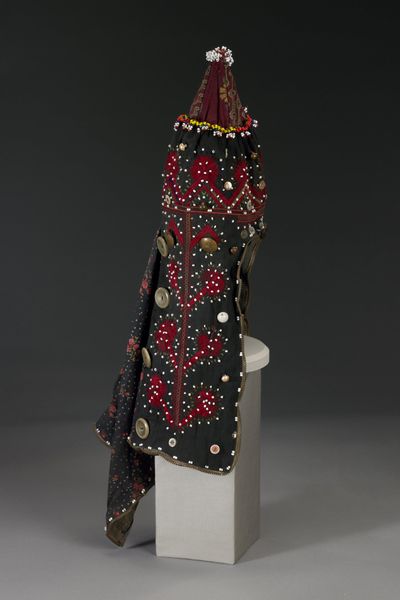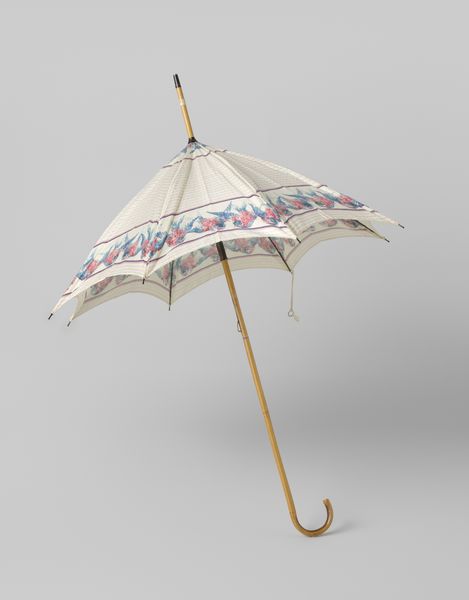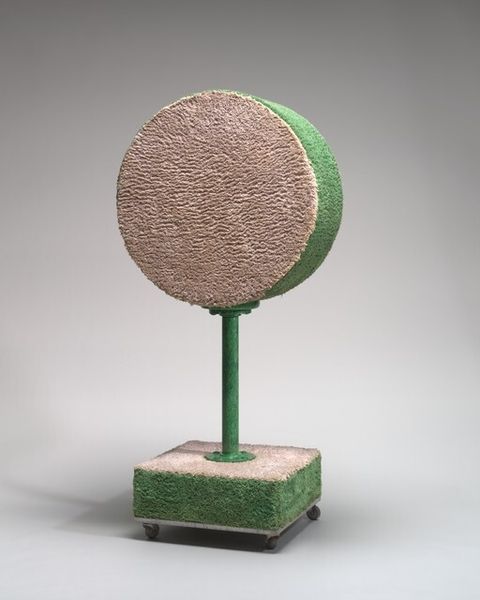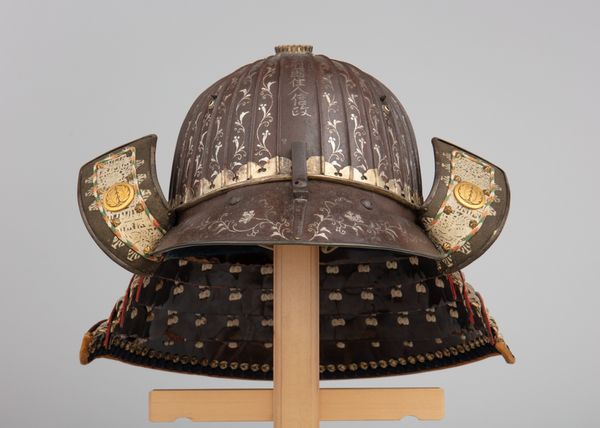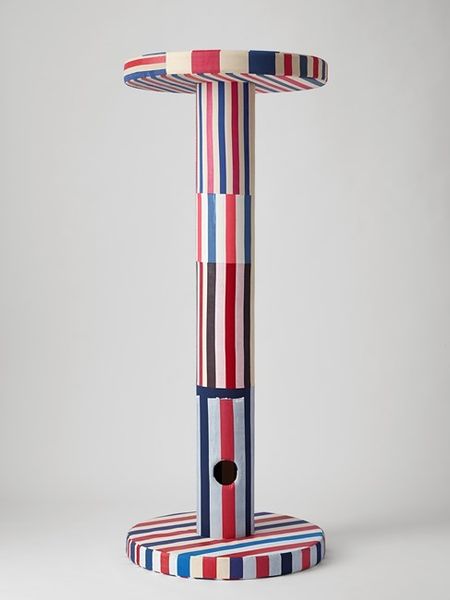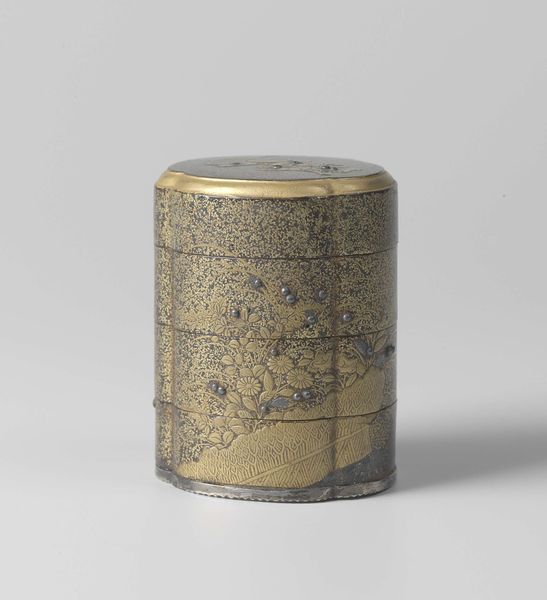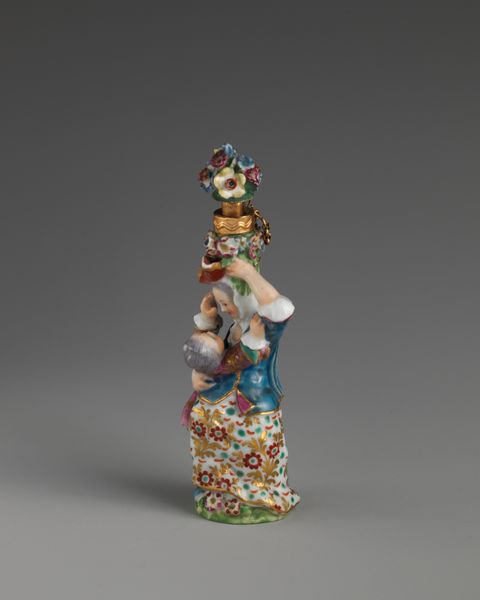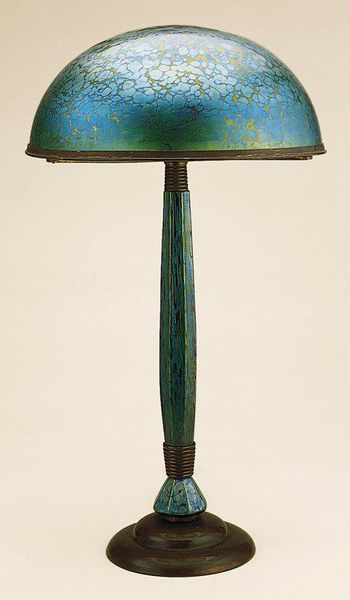
mixed-media, textile, sculpture, mixed-media
#
african-art
#
mixed-media
#
textile
#
sculpture
#
mixed-media
#
costume
#
yoruba-art
#
decorative-art
Dimensions: 8.9 × 17.8 cm (3 1/2 × 7 in.)
Copyright: Public Domain
Editor: Here we have the Yoruba "Royal Cap (Orikogbofo)," created around the early to mid-20th century. It’s a mixed-media sculpture, primarily textile and beads. The sheer density of beadwork is striking. How do we interpret its significance today? Curator: It's vital to understand this cap not merely as decorative art, but as a potent symbol within the Yoruba social and political landscape. It speaks volumes about power, identity, and the colonial encounter. Look at the intricate beadwork. These aren’t just embellishments. Editor: Right, each bead must carry significance. Curator: Precisely. Consider the colors. What stories might they tell about Yoruba cosmology, about resistance, about the negotiation of identity in the face of colonial influence? These caps were restricted to wear by only the King and powerful chiefs. Also, we should address the context in which such items end up in Western museums. Who was displaced or dispossessed in the making of it? Editor: So, understanding its journey becomes part of understanding the art itself? Curator: Absolutely. Understanding the legacy of colonialism and power dynamics can really change our relationship to the art. What responsibilities do museums have? To whom do these objects truly belong? What are our thoughts? Editor: It’s a powerful reminder to consider art’s relationship with history and social justice. This shifts how I engage with museum pieces. Curator: I think we have a framework for the ways museums can reflect contemporary values. Thanks to our collaboration!
Comments
No comments
Be the first to comment and join the conversation on the ultimate creative platform.
